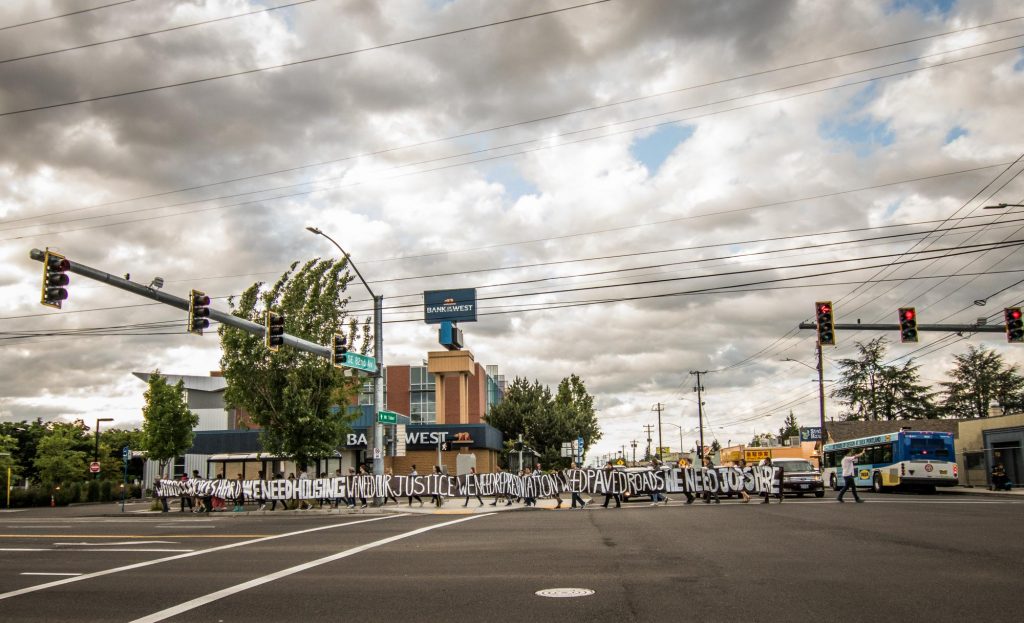For developers selecting a site for new development, transit accessibility is a major selling point. A good transit connection can increase property values while making a site more attractive to potential investors and residents. But because transit stations are limited resources, only a handful of sites can boast direct transit access. What if a site were to have access to not only one transit line, but three?
That is the situation for LOCUS member ZRZ Realty and its property Zidell Yards. With three types of transit, the Yards might be the most transit-oriented development site in the country.
“There are very few sites that have streetcar and light rail,” says Dennis Allen, Director of Planning and Development for ZRZ Realty and LOCUS Steering Committee member. “I guarantee you that we’re probably the only one that also has an aerial tram that goes next to it. If you throw that in, it’s probably the most pre-eminent transit-oriented development site.”
Zidell Yards is a 33-acre former shipbuilding yard along the Willamette River in Portland, which ZRZ is now working to develop into a mixed-use district. Located directly adjacent to downtown and close to Oregon Health & Science University, a major employer in the area, it is the largest undeveloped site in the city. With such immediate transportation access, the property has created high hopes for economic development and investment in the area and Allen is confident his company can capitalize on the demand for TOD in Portland right now. More amenities, retail stores and restaurants are expected soon, following the development-friendly path of the city’s expanding light-rail line.


